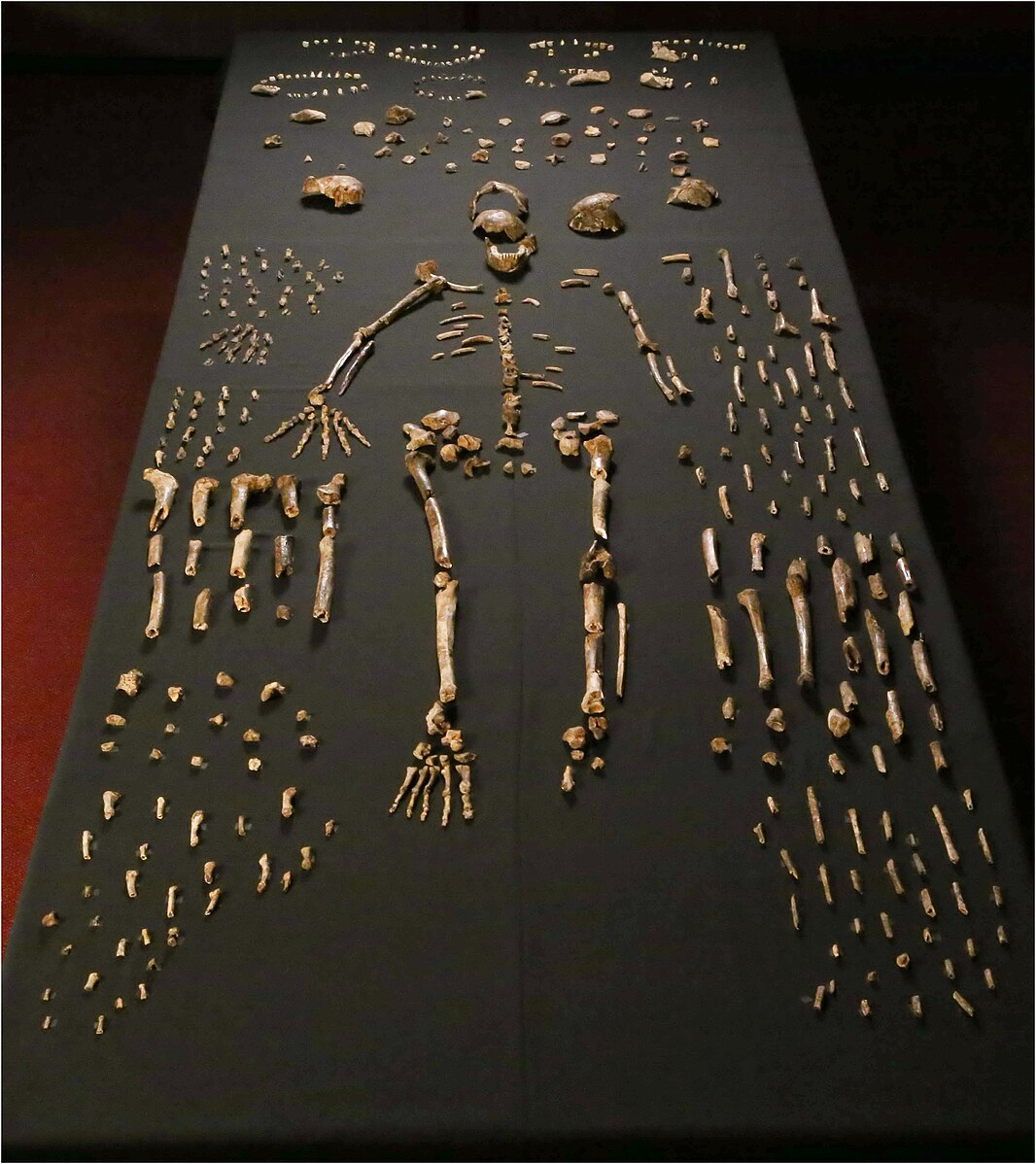A recent addition to the human evolutionary family, Homo naledi, poses a fascinating enigma. Despite its primitive body structure, this species appears to be much younger than anticipated, raising the possibility of coexistence with early Homo sapiens.
Homo naledi boasts a unique blend of features, including a small brain, elongated legs, and a mix of primitive and modern traits, enabling both climbing and covering long distances. Initially categorized as a contemporary species within the Homo genus, a study published in the journal “Elife” on May 9, 2017, provides evidence dating Homo naledi to a range of 236,000 to 335,000 years. This challenges previous assumptions that stone tools discovered in South Africa during the Middle Stone Age solely belonged to anatomically modern humans.
The trajectory of human evolution is far from a linear progression, moving from primitive to advanced forms directly. Over the course of evolution, various hominin species inhabited Africa, each with unique adaptations influencing survival. Many of these species became extinct without leaving descendants. Homo naledi, unearthed in September 2013 by Steven Tucker and Rick Hunter in the Ascending Warsclav Cave System, aligns with this diverse evolutionary history. The discovery includes an astonishing array of distorted forms, with 1500 bone fragments representing 15 individuals of different sexes and ages.
The perplexing aspect is how Homo naledi individuals ended up in the depths of the cave, with infants and the elderly carefully placed in dark and remote locations. The actions of a species with a small brain performing such intricate tasks challenge conventional expectations.
“We should not be surprised by additional evolutionary experiments in the Pleistocene, which may or may not have contributed to the spread of Homo sapiens,” suggests William Youngers, a paleoanthropologist at the State University of New York. “Homo naledi hints that Africa may still harbor other paleoanthropological surprises.”










